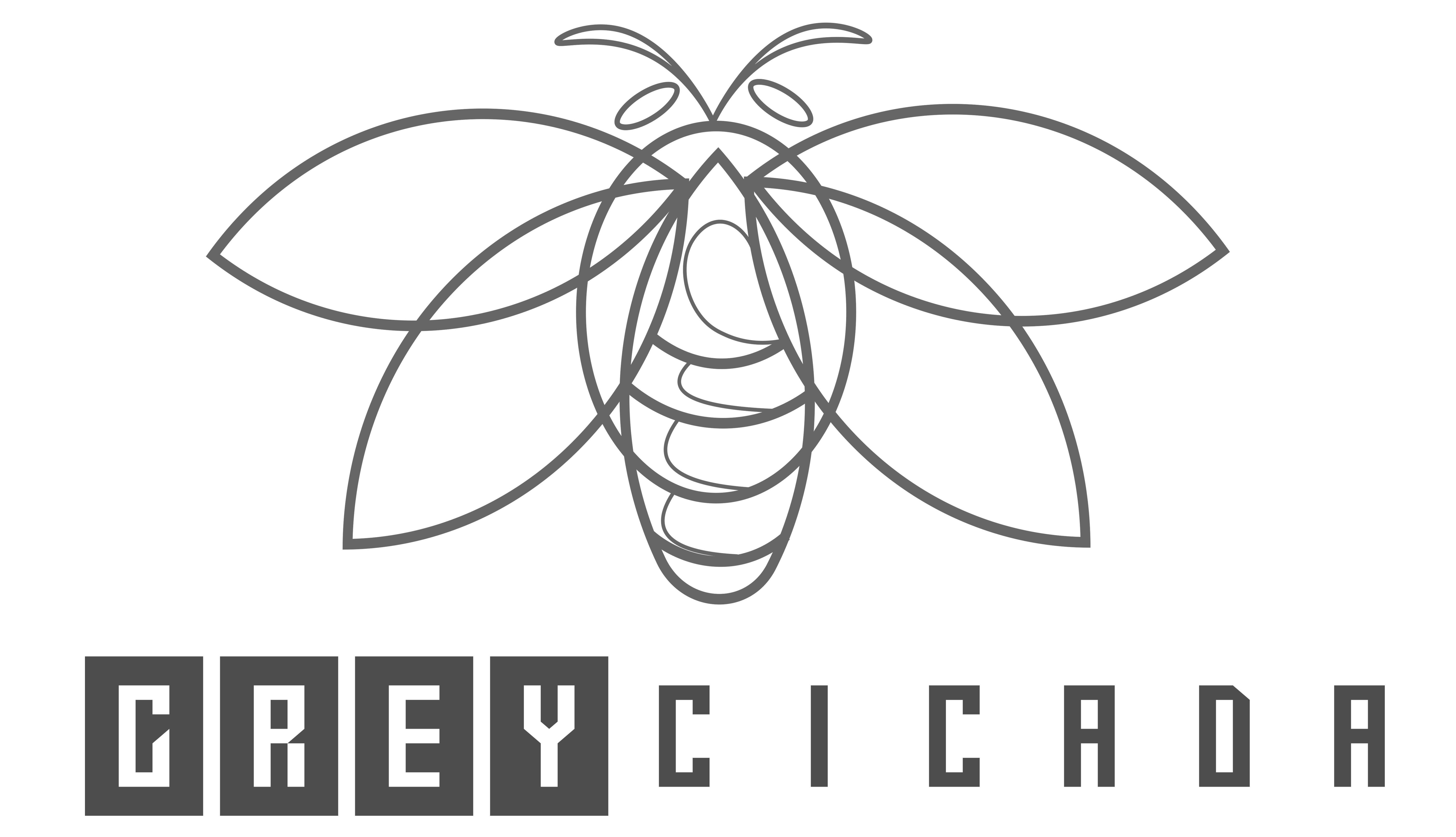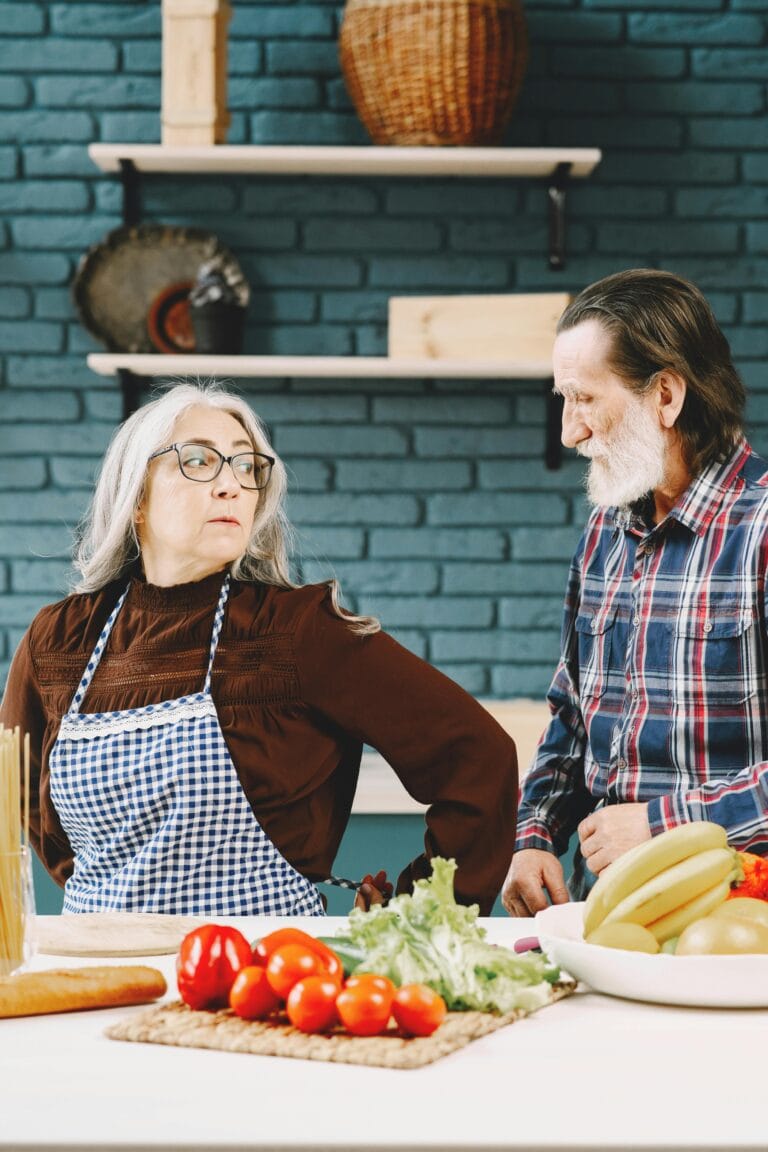FREE SHIPPING OVER $50
High Protein Pancakes in 5 Simple Steps (63g of protein)
Protein pancakes, a modern take on the timeless breakfast classic, provide a delicious and health-conscious way to kickstart your day. Brimming with high-quality protein, they go beyond satisfying your taste buds by delivering a sustained energy boost and aiding in muscle recovery. Whether you’re dedicated to a high-protein diet or simply in search of a fulfilling breakfast, protein pancakes stand as a versatile choice that can be easily tailored to your preferences.
In this comprehensive guide, we’ll delve into the world of protein pancakes, exploring different recipes, and substitutions, and answering common questions about their benefits and preparation.
Creating a Foundational Protein Pancake Batter
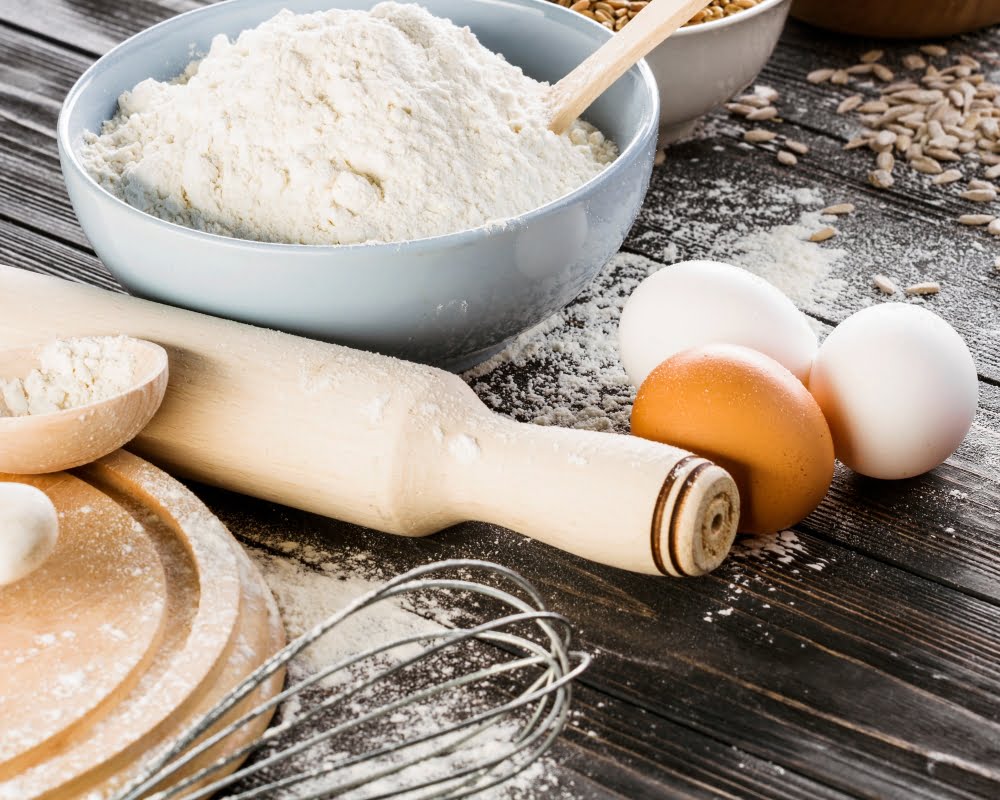
Crafting the foundational batter for your protein pancakes is a straightforward process that involves a handful of essential ingredients. By skillfully combining protein-rich sources with traditional pancake components, you’ll strike a satisfying balance between flavor and nutritional benefits.
This versatile batter allows you to cater to various dietary preferences and goals, whether you’re aiming for a high-protein diet, exploring gluten-free options, or seeking a wholesome meal for kids. The beauty of this batter lies in its adaptability and the potential to create a range of variations that suit your taste and dietary needs.
Boosting Protein Content with Protein Powder
Incorporating protein powder into your pancakes is a good way to increase your daily protein intake. This versatile ingredient effortlessly blends into the mixture, providing a concentrated source of high-quality protein that supports muscle recovery and overall satiety. You can tailor the protein level to your needs, experimenting with various types of protein powder, such as Whey, Casein, or plant-based options like pea or hemp protein. Protein pancakes don’t only amp up your nutritional profile but they also offer a delicious and filling breakfast option that keeps you fueled and satisfied throughout the day.
Protein Pancake Recipe
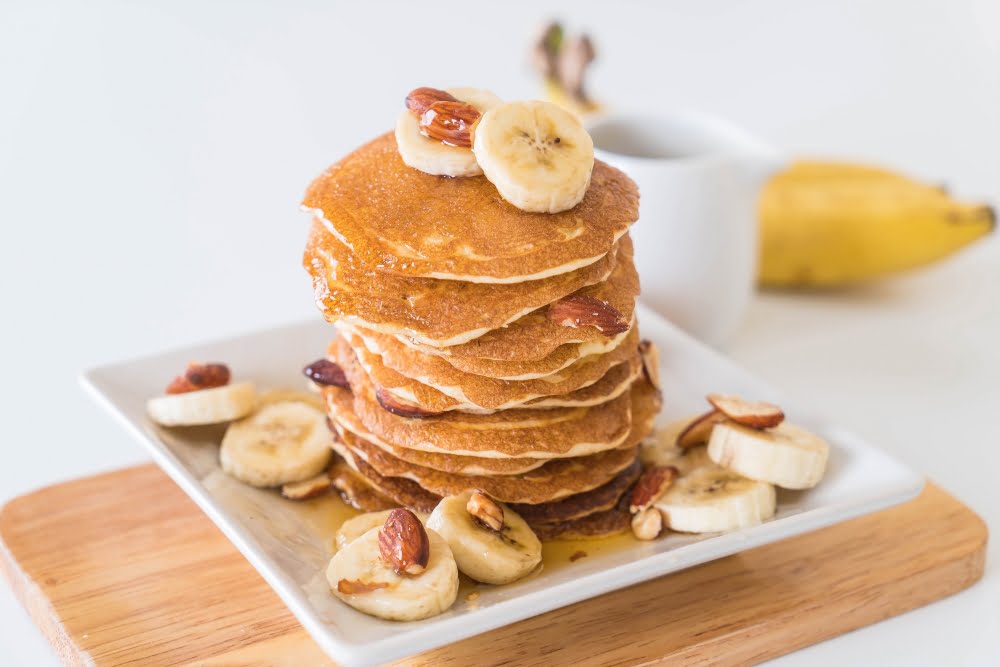
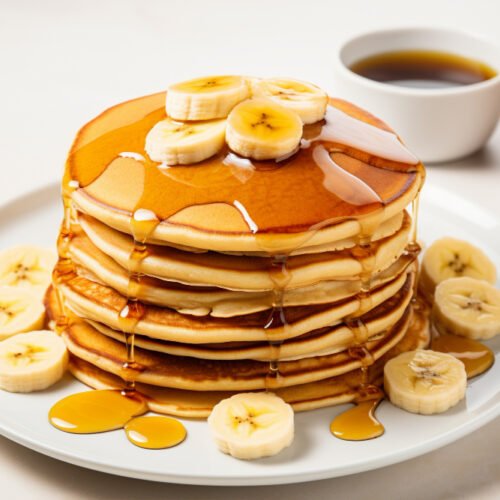
High Protein Pancakes
Equipment
- 1 Blender
- 1 Non-stick pan or waffle maker
- 1 Spatula
- Toothpicks
Ingredients
- 1 scoop protein powder
- 1/3 cup of dry oatmeal
- 1 cup of liquid egg whites
- 1/2 ripe banana (optional)
- 1/4 tsp of cinnamon (optional)
- 1/4 tsp of baking powder (for fluffiness)
Instructions
- Mix oatmeal, protein powder, egg whites, banana (if using), cinnamon, and baking powder in a blender and blend until it's smooth.
- Place a non-stick pan or waffle maker on medium heat and pour the batter onto the pan or waffle maker. Cook until bubbles form on the surface (about 2-3 minutes).
- Gently flip the pancake and cook for another 2-3 minutes until golden.
- To make sure it's cooked through, insert a toothpick into the center of the pancake. If it comes out clean, your pancake is ready.
- Carefully transfer the cooked pancake to a plate. You can serve it as it is or with your favorite toppings like no/low-sugar syrup, fresh fruit (bananas, almonds), or a dollop of Greek yogurt.
Notes
- Protein: About 63g
- Carbs: Around 36g
- Fat: Roughly 3g
Substituting for Bananas: Protein Pancakes without Bananas
For those looking to create protein-packed pancakes but prefer to skip the bananas, rest assured that you can still whip up a delicious and nutritious breakfast. Bananas are often used to add natural sweetness and moisture to pancake batter, but there are plenty of alternative options to explore:
- Unsweetened Applesauce: Swap out mashed bananas for unsweetened applesauce. This will not only provide a natural source of moisture but also a hint of fruity flavor.
- Greek Yogurt: Incorporate Greek yogurt into your batter for added creaminess and tanginess. It not only binds the ingredients but also contributes to the overall protein content.
- Pumpkin Puree: For a seasonal twist, opt for pumpkin puree. Its smooth texture and mild sweetness can complement the pancake mix while delivering a boost of vitamins.
- Silken Tofu: Silken tofu can serve as a versatile binder and moisture enhancer, ideal for those following a plant-based or dairy-free diet.
- Nut Butters: Nut butters like almond or peanut butter can bring richness and a nutty flavor, along with a dose of healthy fats and protein.
These alternatives cater to various dietary preferences and offer a chance to diversify your protein pancake repertoire. Whether you’re experimenting with flavors or accommodating dietary restrictions, these swaps allow you to tailor your pancakes to your unique tastes and nutritional goals.
Making Gluten-Free and Whole Grain Protein Pancakes
For those seeking a gluten-free or whole-grain option for their protein pancakes, here are some simple alternatives to create a nutritious and delicious batter:
Gluten-Free Flour Alternatives
To cater to a gluten-free diet, swap traditional wheat flour with these alternatives:
- Oat Flour: Ground oats create a nutty flavor and smooth texture while being naturally gluten-free.
- Almond Flour: Almond flour lends a subtly sweet taste and delicate texture, along with healthy fats and protein.
- Coconut Flour: Coconut flour adds a hint of tropical flavor and excellent moisture retention, but be sure to adjust liquid ratios.
Incorporating Whole Grains
Whole grains can be used to enhance the nutritional value of your protein pancakes
- Whole Wheat Flour: If not following a gluten-free diet, whole wheat flour is a rich source of fiber and nutrients.
- Quinoa Flour: Quinoa flour introduces complete protein and a slightly earthy taste, making it an ideal gluten-free alternative.
- Buckwheat Flour: Despite its name, buckwheat is gluten-free and brings a hearty flavor that pairs well with sweet or savory toppings.
Balancing Ingredients for Optimal Texture
When using alternative flours, it’s essential to balance the liquid and dry ingredients to achieve the desired consistency. These flours may absorb liquids differently, so adjust as needed.
By using gluten-free flours or whole grains, you not only accommodate dietary needs but also infuse your protein pancakes with added nutrients and unique flavors. Whether you’re exploring new taste profiles or prioritizing health-conscious choices, these alternatives open a world of culinary possibilities for your protein-packed breakfast treats.
FAQs
No, they aren’t inherently bad for you. In fact, they can be a nutritious addition to your diet, especially if you choose quality ingredients and balance your overall nutritional intake.
Yes, you can substitute some or all of the flour with protein powder in pancake recipes.
Protein pancakes, like any food, can contribute to weight gain if consumed excessively. But, their high protein content promotes satiety and muscle recovery, which supports weight management when incorporated into a balanced diet.
Protein pancakes can be a healthier option for certain nutritional goals, such as muscle building or weight management, due to their higher protein content.
Protein pancakes include protein-rich ingredients like protein powder, Greek yogurt, or cottage cheese. Regular pancakes typically rely more on flour and might have lower protein content.
Protein pancakes can turn rubbery if overcooked or if the batter is overmixed. To avoid this, use the right protein powder for baking, mix the batter gently, and cook on medium heat until both sides are golden brown.
Before You Leave
Protein pancakes provide a delightful and protein-packed start to your mornings. So, don’t hesitate—grab your spatula, mix up that batter, and set out on a journey of delectable and nourishing mornings.
Craving more healthy recipes? Delve into our collection of homemade keto snack recipes, hearty ground beef dinner recipes, and satisfying vegan dinner options. Your taste buds and well-being will thank you.
